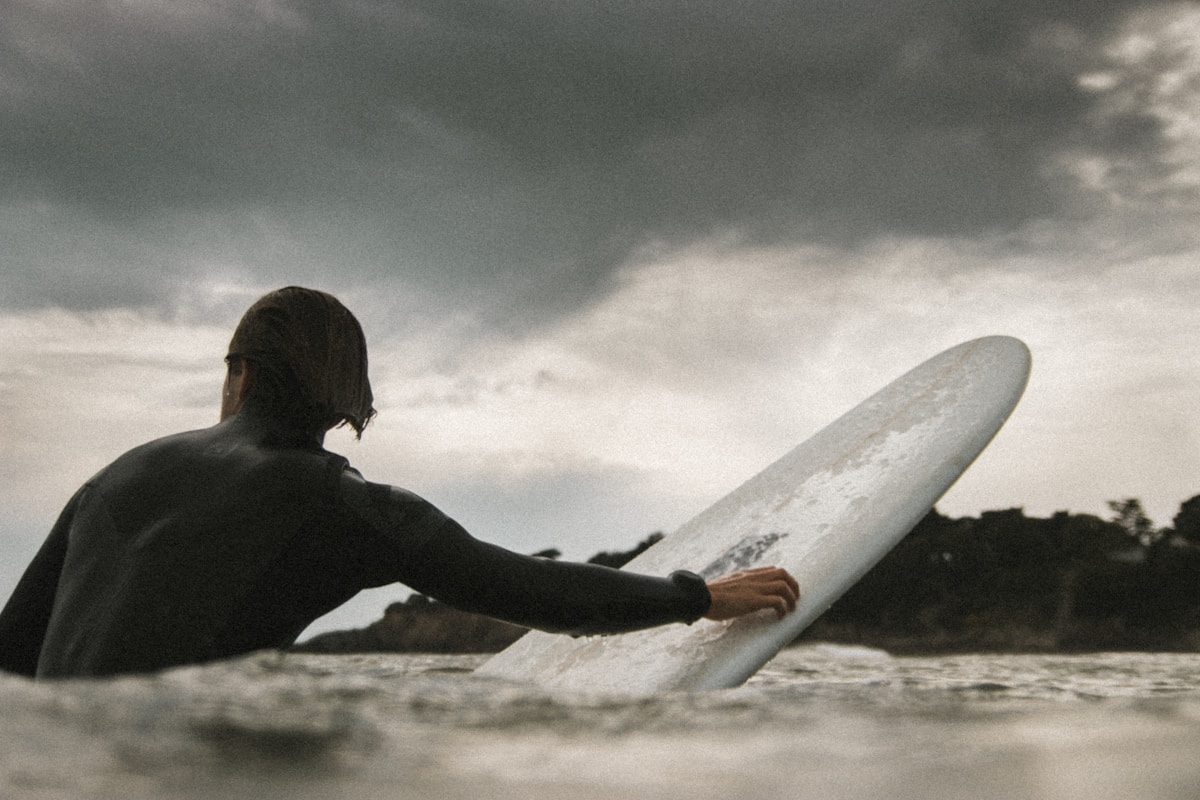There are a few common injuries that tend to dog surfers and can often be avoided- allowing you to catch more waves and stay out in the water for longer sessions.
Lower back pain- facet joint
Prolonged Lumbar (lower back) extension, wear and tear of joints that join the spine together called “facet joints”. Due to the nature of paddling especially if you’re caught in a rip/ strong current or paddling out to catch another wave our lower back is under what we call a compressive force. This force isn’t good for our backs for long durations in a session and over time can create wear and tear on joints due to excessive loads.
A good exercise for this one is focusing on maintaining a neutral spine when paddling, to do this you will need to practice the ability to maintain intra abdominal pressure.
First practice the exercise laying on your back with either your legs resting on the floor or up in the air with your hips and knees bent at 90 degrees.
Then you want to adjust your lower ribs ensuring they’re not tilted upwards and then expanding with your breathe through the entire abdominal cavity. Then trying to maintain this feeling of expansion on exhalation.You will then need to progress this to eventually be able to do it lying face down on your board.
Thoracic pain/ stiffness (in the rib cage and mid spine region of the trunk)
Similarly to lower back pain, this often occurs due to prolonged paddling sessions especially when the waves are pumping or you get stuck in a nasty rip. You’ll feel it especially if you are already stiff around the shoulder blades beforehand. Movement in the thoracic region is really important not only for paddle power but for getting more drive out of your turns and not to mention reducing the risk of shoulder injuries.
Heres a good exercises for thoracic stiffness:
1. Thread the needle


Rotator cuff injuries- due to excessive paddling, overuse
The rotator cuff muscles are our stability muscles which keep your shoulders in it’s sockets. Due to the nature of surfing paddling plays a huge role. Our shoulders aren’t built to move in this repetitive motion, this results in wear and tear on the muscle and tendons/ surrounding structures. This then leads to shoulder pain and/or neck pain which means less time catching waves and more time watching WSL repeats wishing you could be on that wave.
A good shoulder blade stability exercises might include the following:
Wall push up against gym ball

Knee injuries- ligament damage
Knee injuries are really common especially in more agile surfers who tend to get above the wave. It's not optimal for us to twist from the knee’s and take a compressive load at the same time for example when popping an air on a closeout. The movement should primarily come from the hips and thoracic spine.
A good exercise for knee strengthening
Lunges and trunk rotation


Ankle/foot injuries
Similar to knee injuries if you twist and load something too much or too often without adequate rest, it can result in stress fractures of the bones of the feet or ankle sprains
A great way to improve your ability to control the uneven motion of the board on the wave
-Balance on an even surface such as foam or pillow/ mattress, try to stand on one leg and close your eyes.

As with any form of exercise, not one shoe fits all so its always a good idea to check in with your physio when performing exercises especially if you have a persistent injury. Whether you're just wanting to get in the water, improve your technique, need more paddle power to catch more waves or to reduce risk of injuries your local physiotherapist will be able to help.
If you are a surfer and would like some advice on any of the issues preceding, you can book to see Rowan here or contact him on rowan@inbalancephysio.com.au

